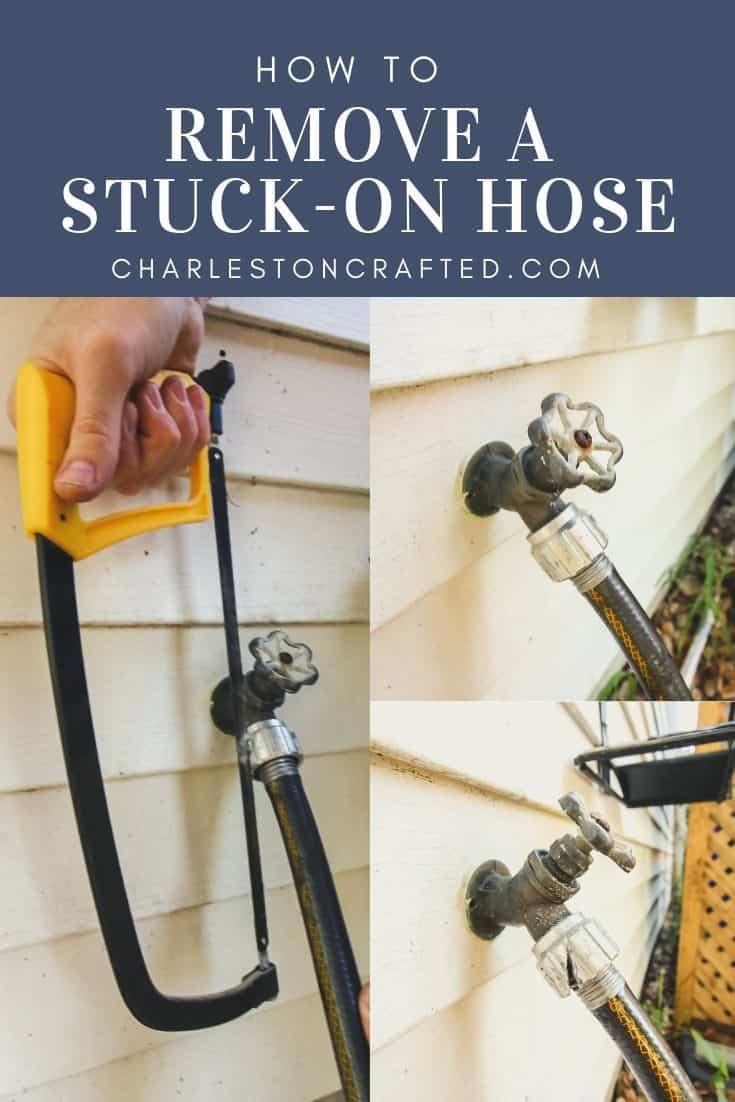Introduction
A garden hose stuck on a faucet is a common yet frustrating issue that many homeowners face. Whether due to rust, dirt buildup, or overtightening, a jammed hose can disrupt your watering routine and potentially damage your faucet or hose. Understanding how to safely and effectively remove a garden hose stuck on a faucet is essential for maintaining your outdoor water system. This article covers expert techniques, practical tips, and preventative measures to help you tackle this problem with confidence.
Why Does a Garden Hose Get Stuck on a Faucet?
Before diving into removal methods, it’s helpful to understand why hoses get stuck in the first place. Common reasons include:
- Rust and Corrosion: Metal parts of the faucet and hose connector can corrode over time, causing them to fuse together.
- Dirt and Debris: Particles can accumulate in the threads, making it difficult to unscrew the hose.
- Overtightening: Excessive force when attaching the hose can cause the threads to bind.
- Worn Washer or Thread Damage: Damaged washers or threads can cause sticking and make removal tricky.
Knowing the root cause helps in selecting the most effective removal technique.
Step-by-Step Methods to Remove a Stuck Garden Hose
1. Apply Lubrication
Start by applying a lubricant such as WD-40 or a silicone-based spray to the connection point. Let it sit for 10-15 minutes to penetrate rust and loosen stuck threads. Avoid using oil-based lubricants that can degrade rubber washers.
2. Use Heat to Loosen Corrosion
If lubrication alone doesn’t work, carefully apply heat using a hairdryer or heat gun to the faucet area (avoid open flames to prevent damage). Heat expands metal and can break the rust bond. After heating, attempt to unscrew the hose gently.
3. Use Proper Tools
Equip yourself with adjustable pliers or a strap wrench to gain better grip and leverage. Protect the faucet’s finish by wrapping it with a cloth before using pliers. Turn counterclockwise with steady pressure—avoid sudden force to prevent damage.
4. Tap Lightly to Break Rust
Using a rubber mallet or the handle of a screwdriver, gently tap around the hose connection to help break rust and dirt buildup. Combine tapping with lubrication for better results.
5. Remove the Hose From the Faucet Spigot
Once loosened, unscrew the hose by hand. If the hose remains stuck, try twisting it back and forth to gradually free it. Be patient and avoid excessive force, which can strip threads or break the faucet.
Preventative Tips to Avoid a Stuck Garden Hose
- Regular Maintenance: Clean and inspect hose connectors and faucet threads periodically.
- Use Hose Washers: Replace worn washers to ensure a proper seal without overtightening.
- Apply Lubricant Annually: Lightly grease threads each season to prevent rust.
- Disconnect Hoses When Not in Use: Avoid leaving hoses connected for extended periods.
- Use High-Quality Materials: Invest in rust-resistant fittings and hoses to minimize corrosion.
When to Call a Professional
If the hose remains stuck despite your best efforts, or if you notice damage to the faucet or threads, it’s wise to consult a plumber. Professionals have specialized tools and experience to safely remove stuck hoses without causing further damage.
Conclusion
Removing a garden hose stuck on a faucet requires patience, the right tools, and effective techniques. Start with lubrication and gentle methods, progressing to heat and tools as needed. Regular maintenance and proper hose care can prevent this issue from recurring. By following these expert tips, you can save time, avoid costly repairs, and keep your garden watering system functioning smoothly year-round.
